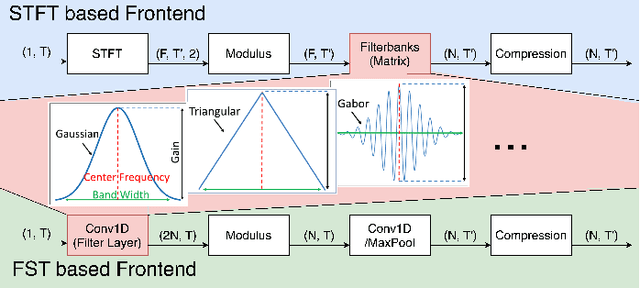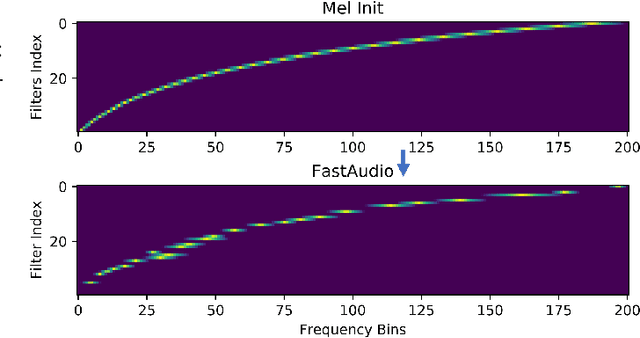FastAudio: A Learnable Audio Front-End for Spoof Speech Detection
Paper and Code
Sep 06, 2021



Voice assistants, such as smart speakers, have exploded in popularity. It is currently estimated that the smart speaker adoption rate has exceeded 35% in the US adult population. Manufacturers have integrated speaker identification technology, which attempts to determine the identity of the person speaking, to provide personalized services to different members of the same family. Speaker identification can also play an important role in controlling how the smart speaker is used. For example, it is not critical to correctly identify the user when playing music. However, when reading the user's email out loud, it is critical to correctly verify the speaker that making the request is the authorized user. Speaker verification systems, which authenticate the speaker identity, are therefore needed as a gatekeeper to protect against various spoofing attacks that aim to impersonate the enrolled user. This paper compares popular learnable front-ends which learn the representations of audio by joint training with downstream tasks (End-to-End). We categorize the front-ends by defining two generic architectures and then analyze the filtering stages of both types in terms of learning constraints. We propose replacing fixed filterbanks with a learnable layer that can better adapt to anti-spoofing tasks. The proposed FastAudio front-end is then tested with two popular back-ends to measure the performance on the LA track of the ASVspoof 2019 dataset. The FastAudio front-end achieves a relative improvement of 27% when compared with fixed front-ends, outperforming all other learnable front-ends on this task.
 Add to Chrome
Add to Chrome Add to Firefox
Add to Firefox Add to Edge
Add to Edge